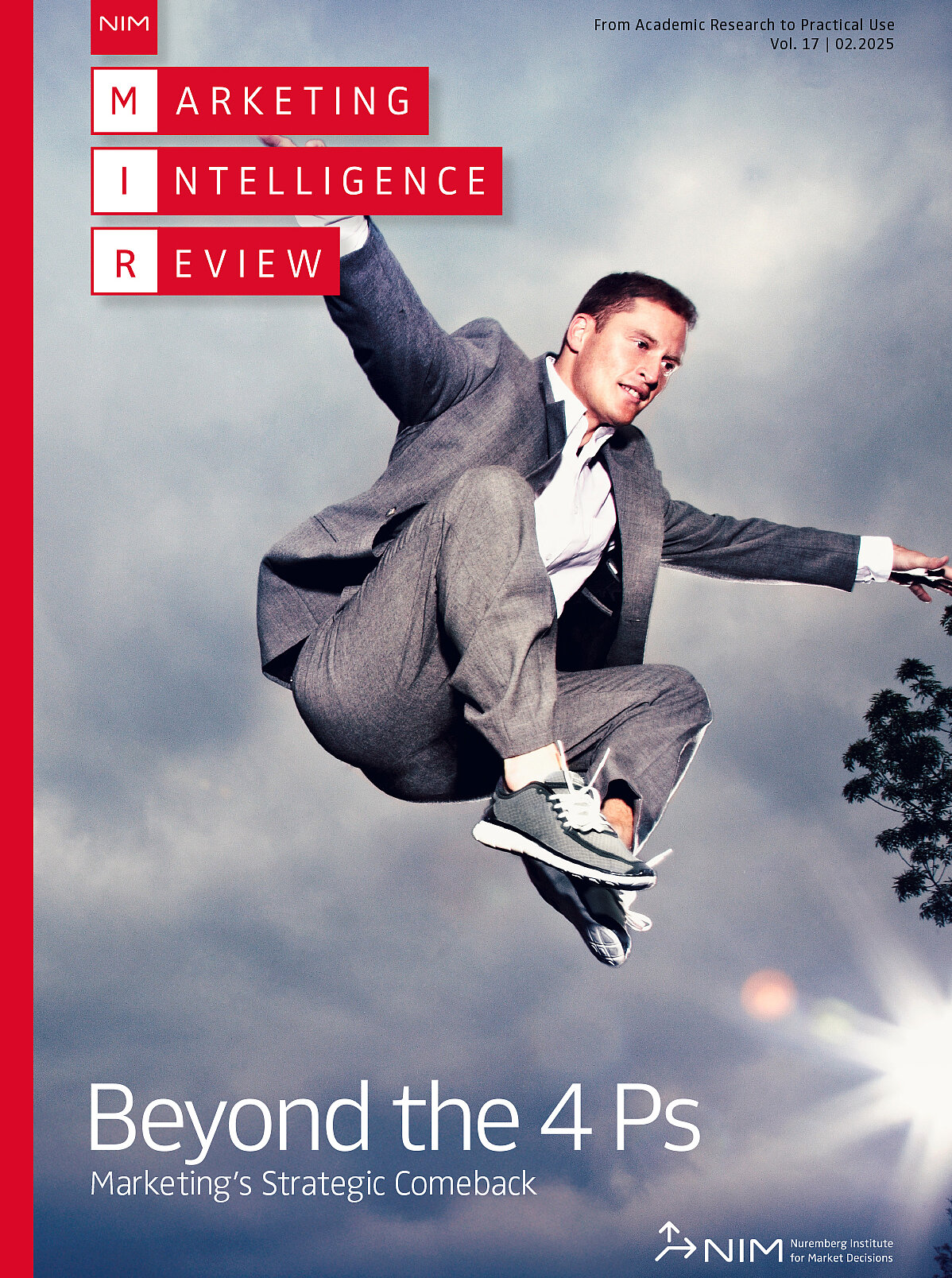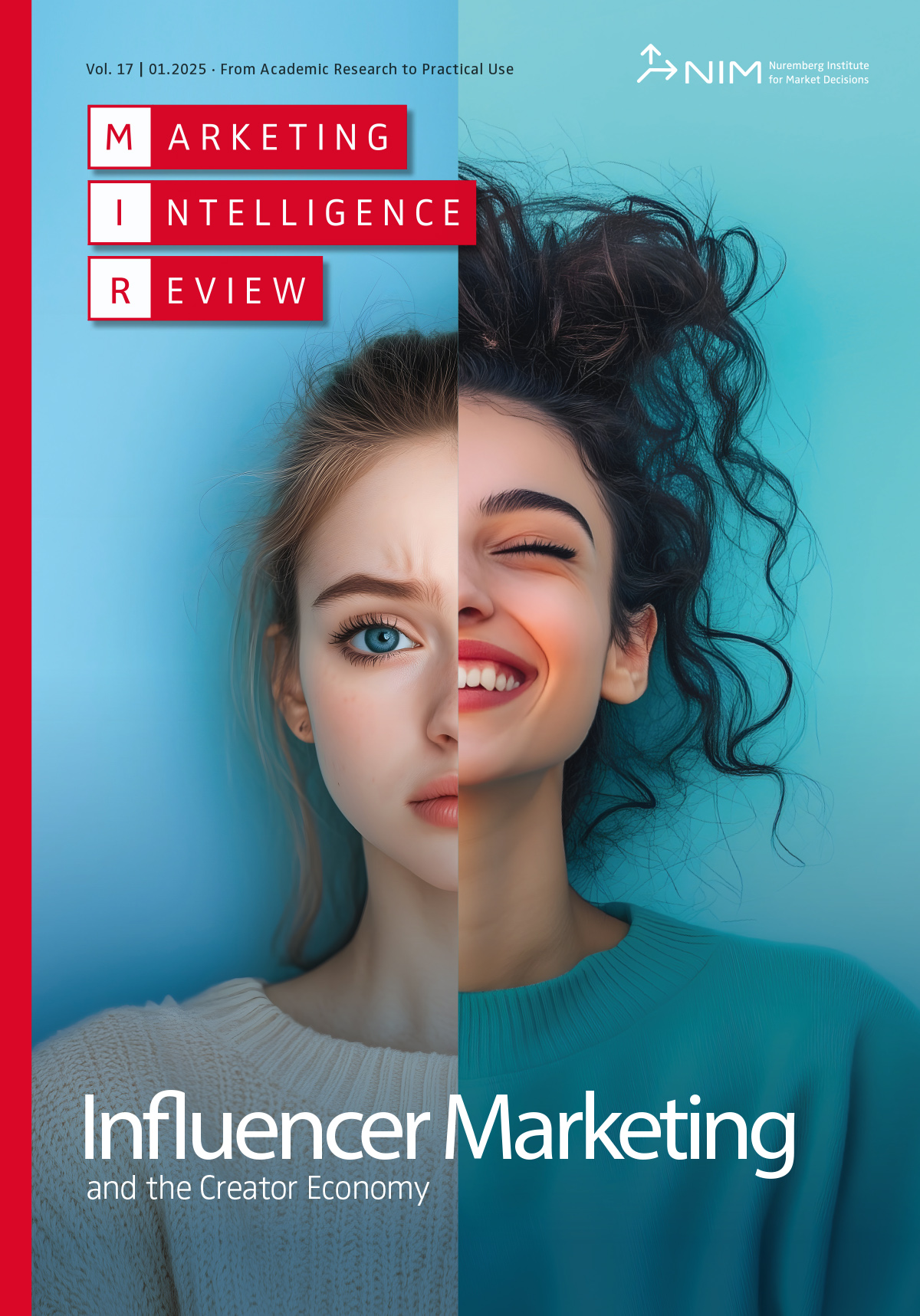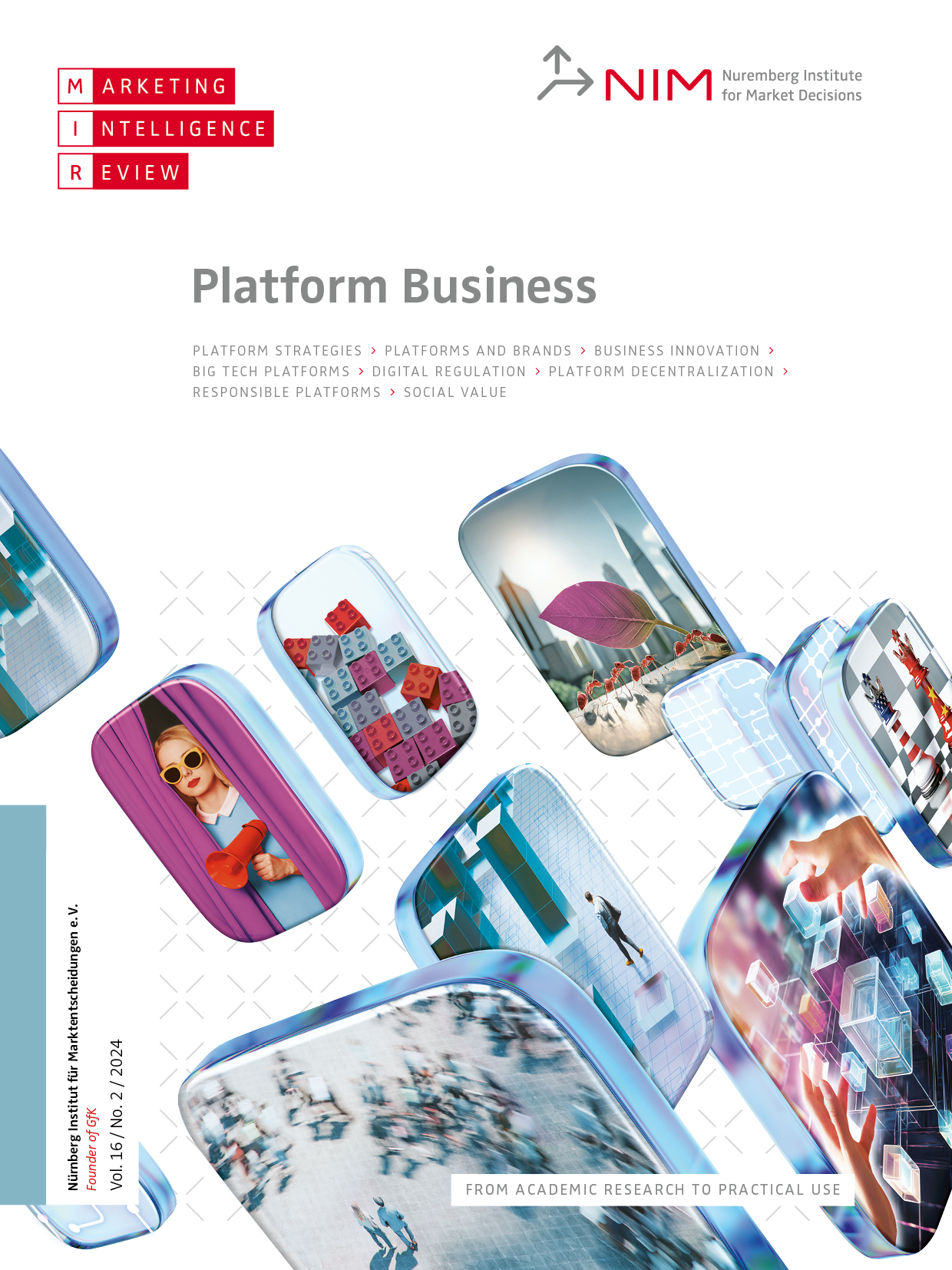Managing the Risk in Human Brands
Susan Fournier and Giana Eckhardt
The physical and social realities, mental biases and limitations of being human differentiate human brands from others. It is their very humanness that introduces risk while generating the ability for enhanced returns. Four particular human characteristics can create imbalance or inconsistency between the person and the brand: mortality, hubris, unpredictability and social embeddedness. None of these qualities manifest in traditional non-human brands, and all of them present risks requiring active managerial attention. Rather than treating humans as brands and making humans into brands for sale in the commercial marketplace, our framework forces a focus on keeping a balance between the person and the personified object.
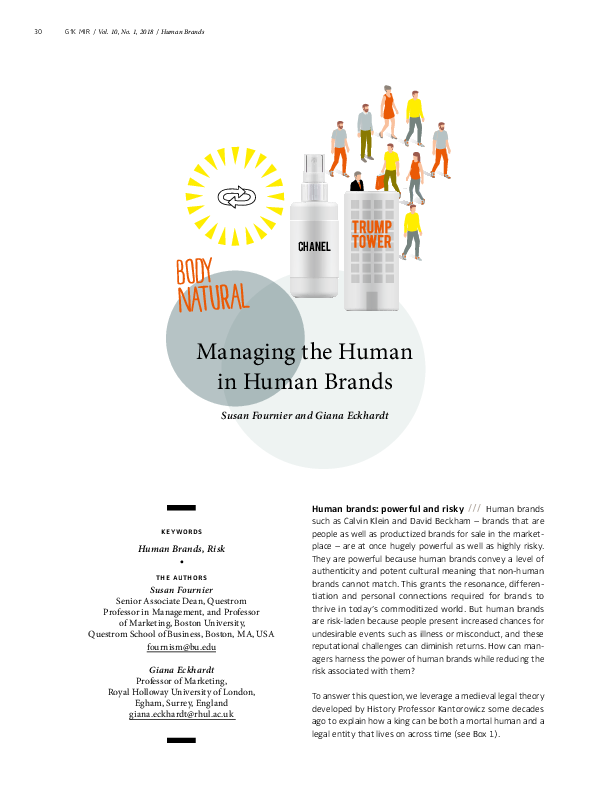
![[Translate to English:] [Translate to English:]](/fileadmin/_processed_/5/c/csm_2018_gfk_mir_brand_risk_matters_eng_Kap1_beb2b78fb6.png)
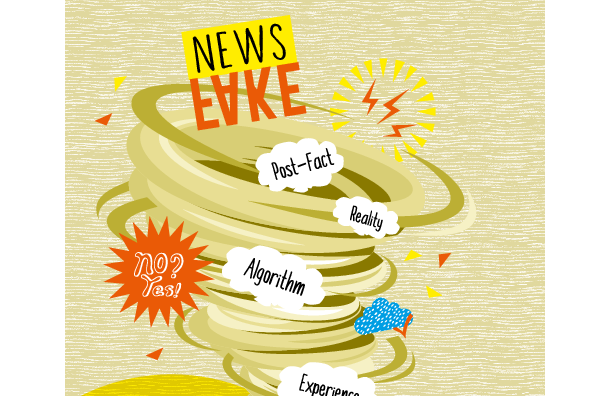
![[Translate to English:] [Translate to English:]](/fileadmin/_processed_/f/c/csm_walker_vol_10_no_1_deutsch_a7ffbc6e15.png)
![[Translate to English:] [Translate to English:]](/fileadmin/_processed_/9/1/csm_mason_jayaram_vol_10_no_1_deutsch_595d7ce28d.png)
![[Translate to English:] [Translate to English:]](/fileadmin/_processed_/9/d/csm_monga_hsu_vol_10_no_1_deutsch_16af7fb030.png)
![[Translate to English:] [Translate to English:]](/fileadmin/_processed_/9/e/csm_fischer_ea_vol_10_no_1_deutsch_49d6278aab.png)
![[Translate to English:] [Translate to English:]](/fileadmin/_processed_/7/7/csm_2018_gfk_mir_brand_risk_matters_eng_Kap7_b1292c0e7b.png)
![[Translate to English:] [Translate to English:]](/fileadmin/_processed_/1/a/csm_2018_gfk_mir_brand_risk_matters_eng_Kap8_867b15d70e.png)
